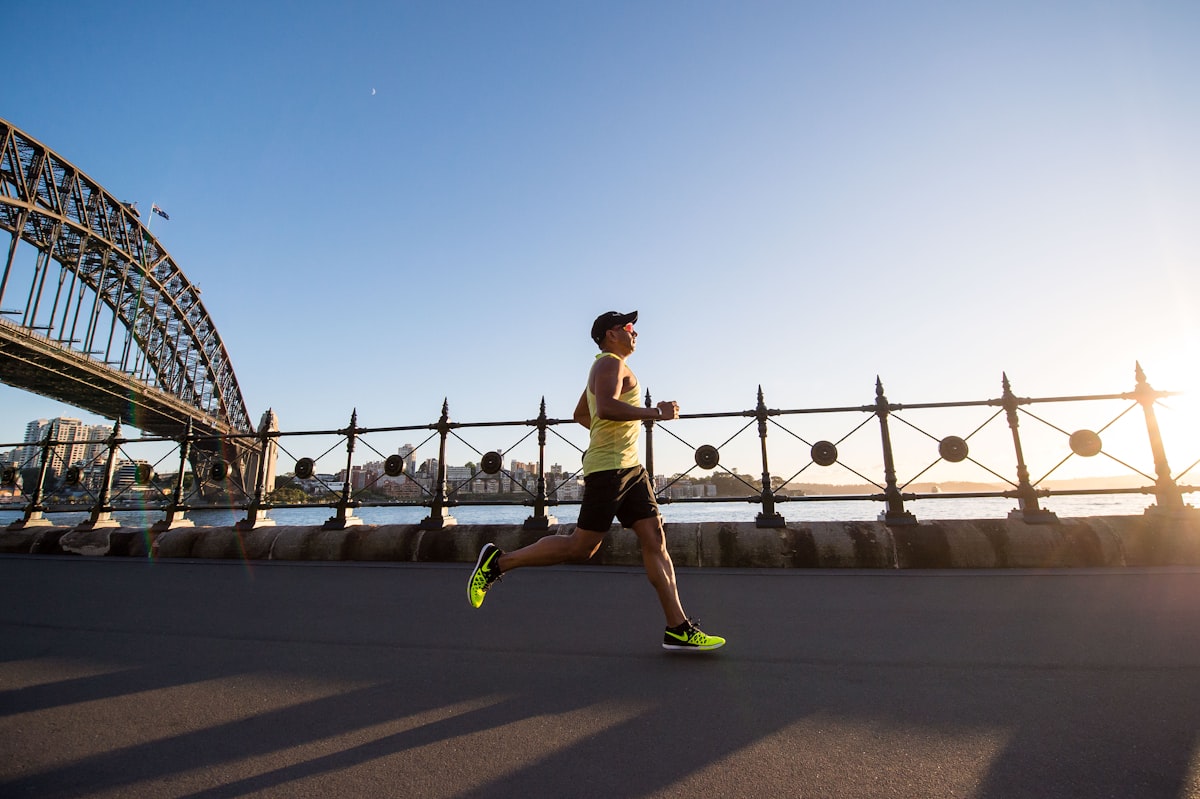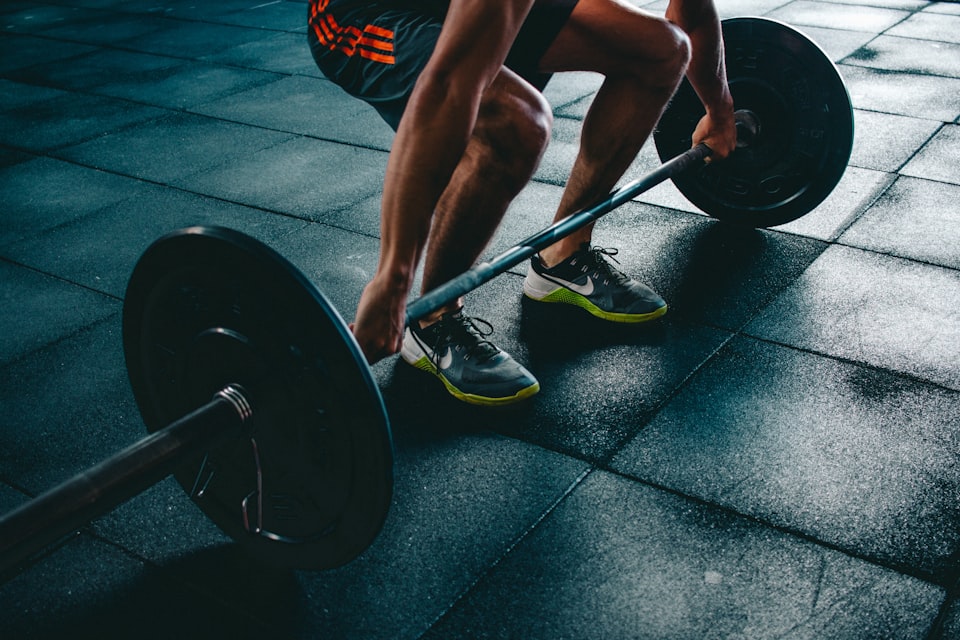Crush Your Next 10K With These Training Tips

Easy runs are more important than you think!
Have you run a 5K and are looking to take it up to the next level with a 10K but you’re not sure what to do next?
A 10K can be a hard race if you are planning to run it for a PR. In fact, almost every race from 5K all the way to ultra marathons can vary in their levels of difficulty if you run the race at your best.
These are the next few things you should incorporate in your next 10K.
Speed Training
When you are doing speed training, aim to do it about 2 days a week. Once upon a time, I used to try to run hard or moderately hard every day and all that did was lead me to feel burnt out.
Do Exercises Like This:
400m repeats x 6 — when doing this, aim for a pace that is about 10–20% faster than the pace you are looking to run your 10K at.
Rest: Full recovery between intervals. This can be up to 5 minutes or until your heart rate gets below about 120 bpm.
800m repeats x 4 — same principle as the 400m repeats. Aim to run them at a faster pace than you’re
Rest: Full recovery between intervals. This can be up to 5 minutes or until your heart rate gets below about 120 bpm.
Tempo runs — A tempo run is similar to interval training. It requires an effort that is slightly faster than what you are targeting to run at.
In a tempo run, run for about 5 minutes at the pace you desire to run at. If you’re looking to run your 10K paces from an 8:00/min mile to a 7:30/min mile, then run your tempo at a 7:30/min pace for 5 minutes.
After the 5 minutes is up, then continue running at a slower pace. Repeat for the duration of your run.

Easy Runs
You cannot underestimate the power of easy runs. The challenge of doing easy runs is that we feel like we aren’t making any progress in our training.
Our training progress isn’t from any given training day but the accumulation of each day over time.
Easy runs help add miles to the legs without burnout. Think of speed training as city miles and easy runs at highway miles.
The city miles add a lot more wear and tear.
How To Gauge Easy Runs?
Often times when people go out on easy runs, they go too fast. They think that running at a steady pace of 00:30/sec — 01:00minute pace less than your PR is an easy run. This is the wrong approach. Easy runs should almost feel too easy.
When doing an easy run, you should be able to speak full paragraphs. Your heart rate should be about 125–135 bpm during the run.
If you have a running watch with a heart rate monitor, you should be able to set it up to send you alerts if your heart rate is in or out of range.
If you don’t have a running watch that has a heart rate monitor, then occasionally talk to yourself on your run. People might look at you like you’re crazy but if you have headphones in, they might just assume you are on a phone call.
It’s important to make sure that you do not go too hard on the easy runs.
How often should you do easy runs?
You can do easy runs as often as you want as long as your legs can handle the mileage. If you are doing an easy run truly easy, you should not feel any wear on your legs the next day. This obvious depends on the mileage you are running. Go by the 10% rule for increasing mileage to acclimate the legs and make sure you aren’t overdoing it.

Strength Training
If you’re a runner, you’re bound to have muscles that are overdeveloped and others that are underdeveloped. Commonly this occurs in:
- Hamstrings
- Shins
- Hips
- Groin (Hip Adductors)
Hamstring Workouts
The hamstrings are a common weak point for a lot of runners. Most people neglect to work them because they aren’t the sexy-looking thigh muscles that develop when you start doing squats and leg presses.
Hamstring work feels meaningless until it’s the first muscle to cramp. Below are some exercises you can do for your hamstrings with videos I linked from YouTube.
- Deadlifts- I wouldn’t recommend someone new to weight lifting to start with deadlifts. The risk of injury is too high for someone who hasn’t dialed in their form. If you decide to start deadlifts, start using dumbbells or kettlebells instead of slapping some 45 lb plates on a barbell and going for it.
- Hamstring curls on the machine at a gym- Most runners should do these types of exercises in a higher rep range (10–20 reps per set)
- Cable hamstring curls- if your gym doesn’t have a dedicated hamstring curl machine, you can use cables to get a great hamstring curl workout.
- RDLs- or Romanian Deadlifts — I love doing RDLs. They’re perfect for people who want to start getting into standard deadlifts.
Tibialis Workouts
Have you ever had shin splints? Even if you haven’t, working the tibialis is critical for muscle balance in the lower legs.
Having a strong tibialis is vital for preventing ankle injuries. In all my long runs, I notice that it is also the first muscle to feel fatigued.
- Wall toe raises- lean on a wall and lift your shins up. There’s no defined rep count here but if this is your first time doing this, do as many reps as you can during the first set to get a gauge of how strong your tibialis muscles are. Cut those max reps down to about 80% for most of your sets.
- Kettlebell Tibialis Raises- grab a light kettlebell and raise it up with your shins. There is also equipment where you can attach a dumbbell to get a similar effect.
Hip Flexors
One of my weakest points is my hip flexors. It’s also a common weak point for a lot of people today due to the amount of sitting we do now. Our hip flexors have both become weakened and shortened from sitting which is a bad combination. Strengthen the muscle up and allow yourself to open up your stride on your next run.
- Cable hip flexor raises- basically attach your foot to a cable machine that is lowered all the way and raise your knee up like you are in a 1/2 running motion.
- Cable pull in- lay flat on the ground with your foot attached to a cable machine and pull your knee to your chest.
Groin (Hip Adductors)
Another muscle that always loves to cramp before everything else is the hip adductors. Almost every time I go an extended period of time without weight training this muscle always seems to be sore longer than any of the others. Strengthen it with these exercises.
- Lateral lunges- you can do this with weight or with only your body weight. Lunge to the side and dig deep into those adductors.
- Lateral step-ups- if you are new to this exercise, I wouldn’t recommend starting with weights. Step up laterally onto a box like in this.
Conclusion
Running can be amazing. However, running the same route at the same time every day can be monotonous. Make some progress in your training by incorporating a little more speed training, easy runs, and strength training into the mix.
This will help reduce your risk of injury and might help you increase your volume in the future.
Many runners are always trying to get better. That’s what makes running culture so great. It’s about your personal goals and reaching for something that maybe you once thought was impossible for yourself.
Step outside your routine and maybe you will crush your next race!




